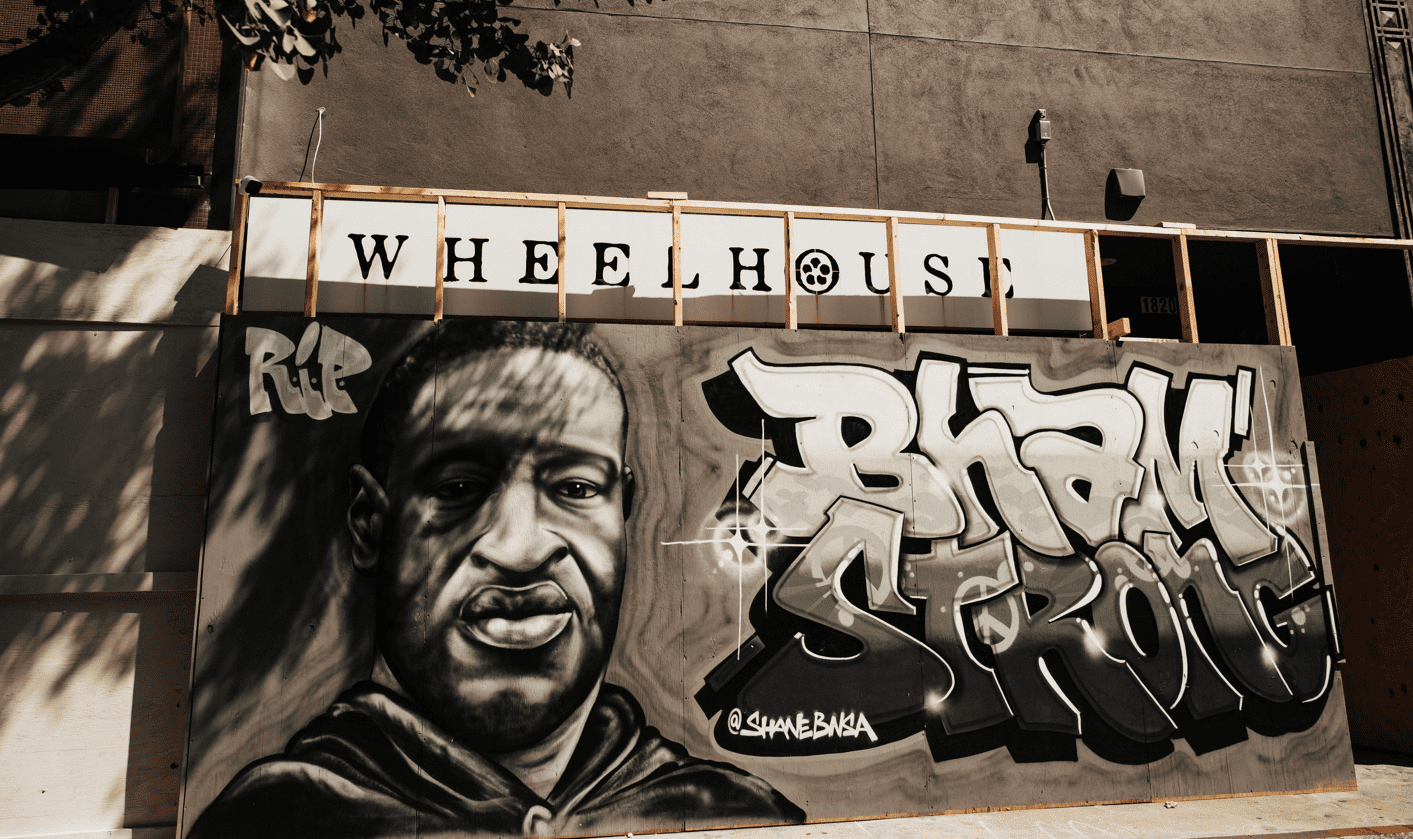In the wake of George Floyd’s tragic murder in 2020, a powerful wave of change swept through workplaces worldwide. Companies swiftly recognized the urgency of fostering diversity, equity, and inclusion (DEI) and began hiring DEI leaders to make their organizations more ethnically balanced and inclusive. However, recent surveys suggest that this momentum is fading, leaving DEI professionals concerned about the authenticity of these past efforts. What do these trends mean for the future of DEI and, more importantly, for the world of work?
The rise and fall of DEI roles
In 2020, DEI roles in corporations increased by a staggering 55%, reflecting a profound commitment to address racial inequity and justice. The goal was to create fair opportunities and cultivate welcoming work environments for black employees, among others. Yet, as economic layoffs accelerated, DEI professionals experienced a 33% attrition rate at the end of 2022, compared to 21% for non-DEI roles.
Leading companies like Amazon, Applebees, and Twitter have been at the forefront of DEI layoffs since July 2022. These trends raise a fundamental question: were the promises of organizational change and inclusivity mere empty words, or is there still a commitment to DEI in workplaces today?
The lack of diversity in DEI leadership
While the intent was to foster diversity and inclusivity, the surveys have revealed an uncomfortable truth. Black employees make up only 3.8% of chief diversity officer roles. In stark contrast, white individuals account for a staggering 76.1% of these roles, with Hispanic and Latino individuals at 7.8% and those of Asian ethnicity at 7.7%.
This lack of representation raises concerns about the genuine commitment to diversity in leadership positions and the effectiveness of current DEI efforts.
The challenge of authentic commitment
The data underscores a common challenge when it comes to commitments in the corporate world. It is one thing to make public statements about the desire to change; it is another to follow through with genuine, sustained effort. Often, the public’s attention moves on, and companies may not face the level of scrutiny needed to ensure they keep their commitments.
The importance of innovative DEI solutions
Amid these shifting dynamics in DEI roles, the need for genuine, innovative solutions is more crucial than ever. Organizations must not only commit to diversity but also put these commitments into action effectively.
At Kiin, we have embraced this challenge by harnessing the power of Virtual Reality (VR) to combat workplace biases and promote inclusivity. Our mission is to provide innovative, engaging, and highly effective DEI training solutions that allow individuals to experience, first-hand, the challenges faced by underrepresented groups in the workplace.
Conclusions
As the dynamics of DEI in the workplace continue to evolve, it is vital to maintain unwavering commitment to creating inclusive cultures. Although the trends presented in the recent data are concerning, they should not overshadow the importance of DEI. The key is to ensure that the commitment made today continues to influence and change the landscape of tomorrow.
At Kiin, we stand firmly with DEI professionals and organizations that are committed to driving change. We recognize the challenge and the importance of effective DEI solutions. In a world that sometimes seems to be moving backward, we are determined to keep pushing forward, offering innovative and effective solutions for DEI training.






